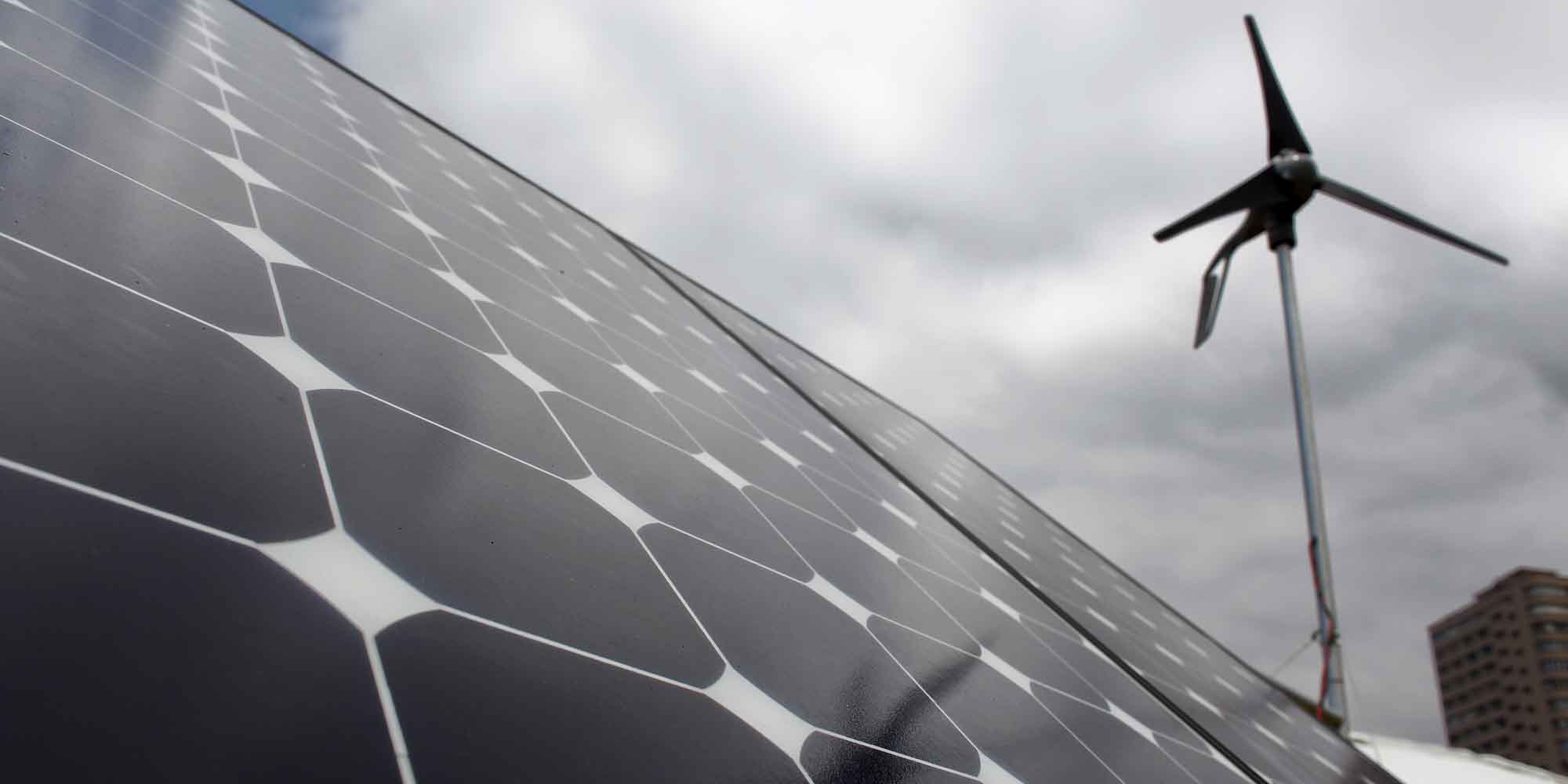The draft eThekwini Energy Policy, which maps out the city’s strategy to dump Eskom, is out for public comment until 29 January. It has been available for public consumption since 15 December 2020.
It sets out eThekwini’s vision to develop renewable energy for its 740,000 energy clients, to meet future demand and to “mitigate the impacts of load shedding and thereby drastically reduce reliance on Eskom’s coal-fired electricity generation”.
South Africa has had rolling power outages of varying severity for over 12 years. 2019 was the worst year on record, according to the Centre for Scientific and Industrial Research (CSIR), that put the cost at between R59-billion to R120-billion. The total economic cost of rolling power outages dating back to 2007 was put at R167-billion and R338-billion, according to the CSIR Energy Centre report in January 2020.
On 16 October 2020, Mineral Resources and Energy Minister Gwede Mantashe published amendments to the New Generation Capacity regulations, so municipalities in good standing can “… apply to the minister to procure or buy new generation capacity…”
The regulations had to be amended to make it clear municipalities are also covered by the Section 34 determination regimen of the Electricity Amendment Act that traditionally governs independent power producers.
It is on the back of this policy shift that eThekwini began drafting the policy, and is trying to reach its carbon emission targets as set out in the Durban Climate Action Plan linked to the 2015 Paris Climate Agreement.
By 2030 the metro wants 40% of all energy to come from sources other than Eskom, and by 2050 it aims to be 100% reliant on clean energy sources.
The draft policy, which consists of the eThekwini Integrated Resource Plan and the Energy Strategic Map, states that eThekwini has already lost a “significant number of industrial and residential customers” and faces the “imminent loss of more commercial customers who are already planning an additional 500MW of new, off-grid renewable energy for their own use”.
The draft predicts that if clients continue to move off-grid, it will lead to retrenchments in the municipality and decreased revenue, and make it difficult for the city to cross-subsidise other critical services such as the provision of free basic electricity, health, and education.
“Eskom tariff increases, increased load shedding and sharp decreases in the price of solar and wind generation will continue to encourage customers large and small to turn to behind-the-meter and off-grid renewable generation for their own use,” according to the draft.
“The cost for eThekwini to purchase power from Eskom is already higher today than to generate or purchase it from private renewable or gas Independent Power Producers (IPPs). Furthermore, the cost of power from Eskom is predicted to rise further, as a court ruled that Eskom may increase tariffs as of 1 April 2021.
“This means Eskom customers will be paying R1.28/kWh in the next financial year. The increased cost of electricity from Eskom, combined with increased load shedding, is placing a growing economic strain on residences and businesses in eThekwini.”
According to the document, eThekwini buys 5% of the total energy generated by Eskom. With the metro’s current maximum energy demand rising above 1,800MW, it is expected to breach 2,000MW by 2030.
At a virtual briefing by the city on Friday to discuss the draft policy, its manager for renewables and gas, Sbu Ntshalintshali, said plans included eThekwini generating its own electricity.
Ntshalintshali said that by as early as 2025 the metro envisioned owning generation capacity that would include 57MW in wind energy, 176MW in solar PV, 4MW from hydropower and 3.50MW driven by wastewater. The city also intends to have storage capacity for 180MWh.
By 2030, the city expects to grow its capacity to 153MW in wind energy, 470MW in solar PV, 8MW in landfill gas, 11MW in hydropower and 5MW from wastewater, as well as 500MWh of storage capacity.
It also wants to buy 373MW from IPPs by 2025 and 745MW by 2030.
“We remain hopeful that in 15 months from now we will be able to procure energy from IPPs. eThekwini Municipality has, since 2018, received a number of proposals, both locally and internationally, with an investment value of R300-billion,” said Ntshalintshali.
“These [energy] projects have not been implemented because we did not have a mandate. Now that [President Cyril Ramaphosa] has given us that mandate we are going to entertain those projects. eThekwini Municipality has to use its resources in order to produce electricity. The load shedding can be easily eliminated by ensuring we have reserve capacity that is likely to come in and offset the impact of load shedding on our economy.”
eThekwini’s future energy modelling needs were undertaken by international consulting firm, UK Arup, which was contracted by the C40 Technical Assistance Programme to provide the energy system and scenario modelling for the city’s energy plan.
The C40 Cities Network models itself as a number of cities committed to addressing climate change. UK Arup found that eThekwini’s “lowest-cost, technically viable solution” should involve solar PV, wind, landfill gas, wastewater and hydropower – publicly and privately owned. DM
South Africa
The big switch-off: This is eThekwini’s vision to dump Eskom




